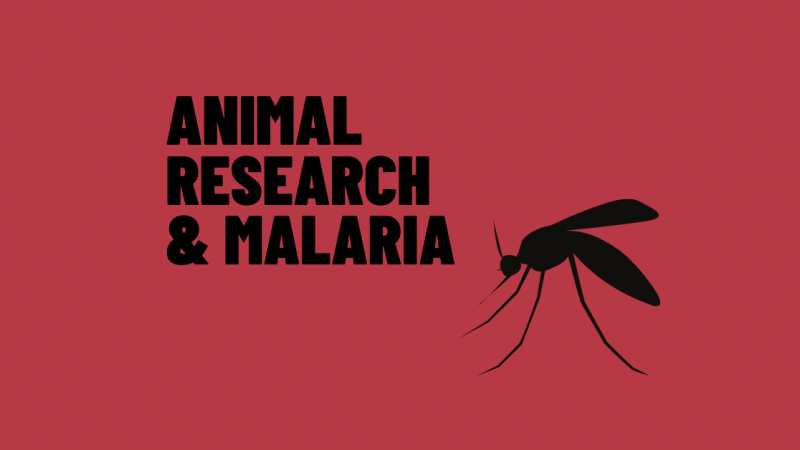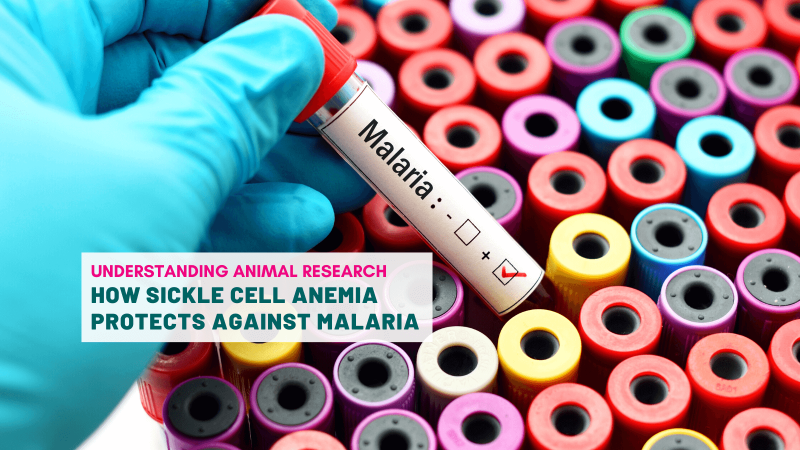20 August 2015
Beef farming brings on warming
The most climate-friendly methods of beef production may not be enough to reduce the environmental effects of raising cattle.
doi:10.1038/524269d
http://iopscience.iop.org/1748-9326/10/8/085002/article
Good cholesterol gets even better
The molecule that removes cholesterol from arteries could have another protective effect in heart disease: curbing inflammation.
High-density lipoprotein (HDL; known as the 'good cholesterol') transports fat from blood-vessel walls to the liver for excretion. But it also carries the fatty signalling molecule S1P, which activates the anti-inflammatory receptor S1P1.
doi:10.1038/524269c
http://stke.sciencemag.org/content/8/389/ra79
19 August 2015
Exercise hormone is no myth
A hormone associated with the beneficial effects of exercise has been found in the blood of exercising humans, this time thanks to more robust methods than those used in past studies.
Summary
Exercise provides many health benefits, including improved metabolism, cardiovascular health, and cognition. We have shown previously that FNDC5, a type I transmembrane protein, and its circulating form, irisin, convey some of these benefits in mice. However, recent reports questioned the existence of circulating human irisin both because human FNDC5 has a non-canonical ATA translation start and because of claims that many human irisin antibodies used in commercial ELISA kits lack required specificity. In this paper we have identified and quantitated human irisin in plasma using mass spectrometry with control peptides enriched with heavy stable isotopes as internal standards. This precise state-of-the-art method shows that human irisin is mainly translated from its non-canonical start codon and circulates at ∼3.6 ng/ml in sedentary individuals; this level is increased to ∼4.3 ng/ml in individuals undergoing aerobic interval training. These data unequivocally demonstrate that human irisin exists, circulates, and is regulated by exercise.
Nature: doi:10.1038/524268e
http://www.sciencedirect.com/science/article/pii/S1550413115003927
How malaria raises cancer risk
The malaria parasite damages DNA in mouse white blood cells, increasing the chances of them becoming cancerous. This could explain why Burkitt's lymphoma, a cancer of mature B cells, is common in areas where malaria is endemic.
Nature: doi:10.1038/524269b
http://www.cell.com/cell/abstract/S0092-8674%2815%2900896-X
Mystery of Australia’s five-legged animals cracked
Some kangaroos use their tail as a fifth leg to help them get around.
Kangaroos and their cousins hop when they need to move quickly, and the longer their back legs are, the faster they can go. At slower speeds, they lean over and use their arms too, in a kind of jumpy-crawl, and that’s when many species use their tail as a fifth leg. However, not all species do this, and no one knew why.
So Rebekah Dawson from the University of Western Australia in Perth and her colleagues examined walking in 16 species. They found that only animals whose legs are long relative to their body size co-opt the tail as a fifth leg, but it also depends on the habitat of each species.
Shock therapy and surgery saving California’s threatened condors
The condors are caught several times a year for monitoring and health screening, when they also receive cable aversion training. Artificial utility poles, placed in large training pens, teach the birds to stay clear of cables by giving them a painful electric shock. Before the training was introduced, 66 per cent of released birds died of electrocution. This has now dropped to 18 per cent (Biological Conservation, doi.org/6tb).
"Condor in flight" by PhilArmitage - Own work: http://www.philarmitage.net/zion.html. Licensed under Public Domain via Commons - https://commons.wikimedia.org/wiki/File:Condor_in_flight.JPG#/media/File:Condor_in_flight.JPG
Last edited: 9 March 2022 11:19



